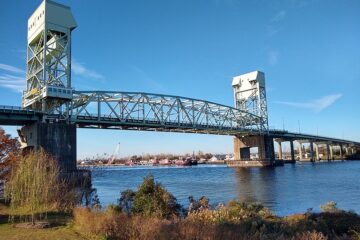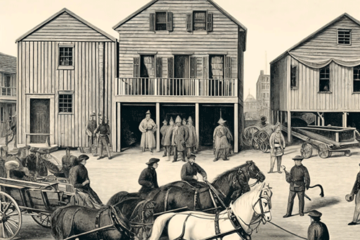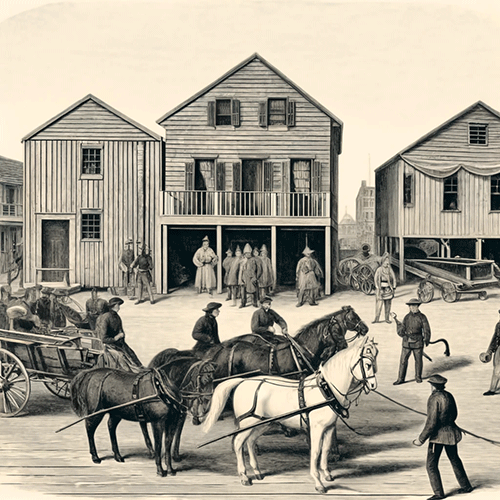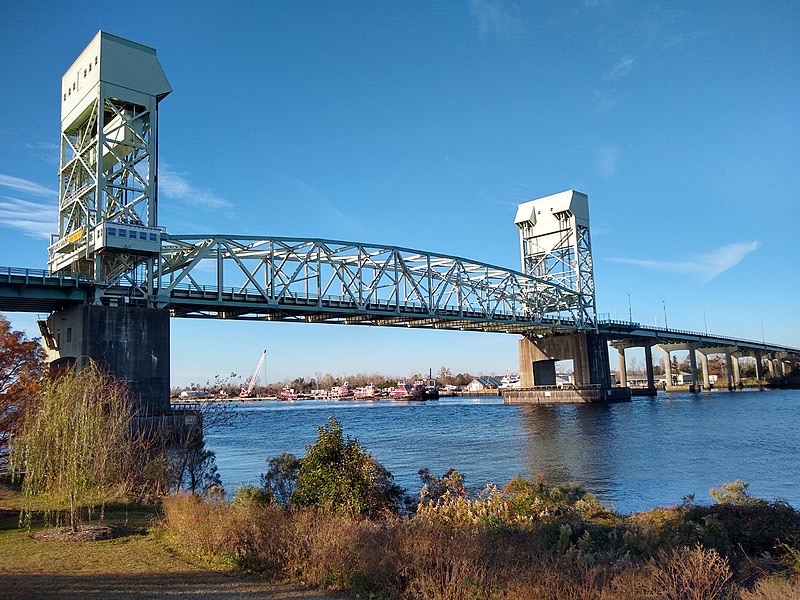
The History and Future of the Cape Fear Memorial Bridge
The History and Future of the Cape Fear Memorial Bridge
The Cape Fear Memorial Bridge, an iconic structure spanning the Cape Fear River in Wilmington, North Carolina, has stood as a testament to engineering prowess and a vital transportation link for decades. As discussions about its replacement gain momentum, it is essential to reflect on its rich history and the implications of a new bridge.
A Historical Overview
Opened to the public on October 1, 1969, the Cape Fear Memorial Bridge replaced the old Cape Fear Bridge, which had been operational since 1929. The new bridge was a part of the larger effort to modernize the infrastructure of the region and accommodate the increasing traffic demands. Designed as a vertical-lift bridge, it featured a central span that could be raised to allow ships to pass, ensuring that Wilmington’s port remained accessible to large vessels. This design choice was crucial given Wilmington’s role as a significant port city.
The construction of the Cape Fear Memorial Bridge was a monumental task that required advanced engineering techniques. The bridge stretches approximately 3,000 feet and rises 135 feet above the river at its highest point. Its opening marked a new era of connectivity for Wilmington, linking the city to Brunswick County and beyond. For over half a century, it has facilitated the movement of goods and people, becoming an integral part of daily life in the region.
The Case for Replacement
Despite its historical significance, the Cape Fear Memorial Bridge is aging. As it approaches its 55th anniversary, concerns about its structural integrity, capacity, and functionality are increasingly pressing. The bridge was designed for a different era, and its ability to handle modern traffic volumes is limited. With Wilmington and the surrounding areas experiencing significant population growth, the bridge often becomes a bottleneck, leading to congestion and delays.
Safety is another critical concern. Older bridges, even with regular maintenance, can develop issues that newer structures are designed to avoid. The increasing cost of repairs and the potential risks associated with an aging bridge have prompted officials to consider building a replacement.
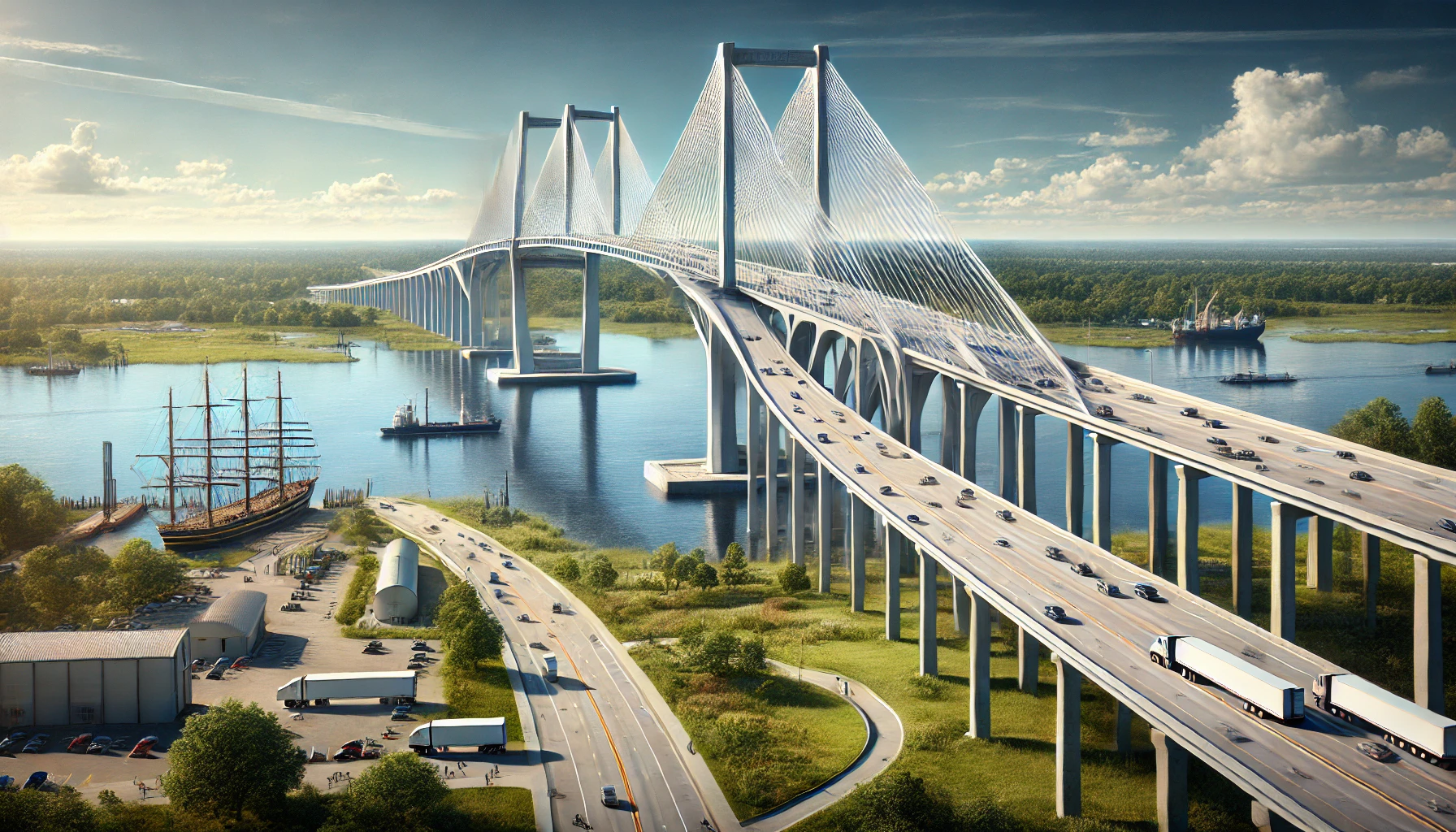
The Replacement Plan
In recent years, discussions about replacing the Cape Fear Memorial Bridge have gained traction. The proposed new bridge would be a modern, fixed-span structure, eliminating the need for a lift mechanism and thus reducing maintenance costs and potential traffic disruptions. A fixed-span bridge would also provide a higher clearance, allowing larger ships to pass without any need for the bridge to open.
The new bridge aims to improve traffic flow, enhance safety, and support the economic growth of the region. Modern design standards would ensure that the bridge can accommodate future traffic volumes and meet the latest safety requirements. Additionally, a new bridge could incorporate pedestrian and cycling paths, promoting alternative modes of transportation and enhancing connectivity for non-motorized users.
Community and Environmental Considerations
Replacing the Cape Fear Memorial Bridge is not without challenges. The project would require significant investment, and funding sources need to be identified. Furthermore, the construction process would need to minimize disruptions to current bridge users and the environment. Community input will play a crucial role in shaping the final design and ensuring that the new bridge meets the needs and expectations of the people it serves.
Environmental considerations are also paramount. The Cape Fear River is a vital ecosystem, and any construction project must carefully manage its impact on the river’s health and the surrounding habitats. Engineers and planners will need to work closely with environmental experts to develop solutions that protect this important natural resource.
Looking Ahead
The Cape Fear Memorial Bridge has been a cornerstone of Wilmington’s infrastructure for over half a century. As the region looks to the future, the potential replacement of this historic bridge represents both a challenge and an opportunity. A new, modern bridge would enhance connectivity, safety, and economic vitality, ensuring that Wilmington remains a thriving port city well into the 21st century.
The discussions and decisions made in the coming years will shape the future of transportation in Wilmington, honoring the legacy of the Cape Fear Memorial Bridge while building a bridge to a brighter, more connected future.
Cape Fear Memorial Bridge | Replacement | Wilmington NC | New Hanover County | Port City | Wrightsville Beach NC | Castle Hayne NC | Kure Beach NC
ILM Advertiser | Topsail Coast Advertiser | Onslow Advertiser | Pender Advertiser


